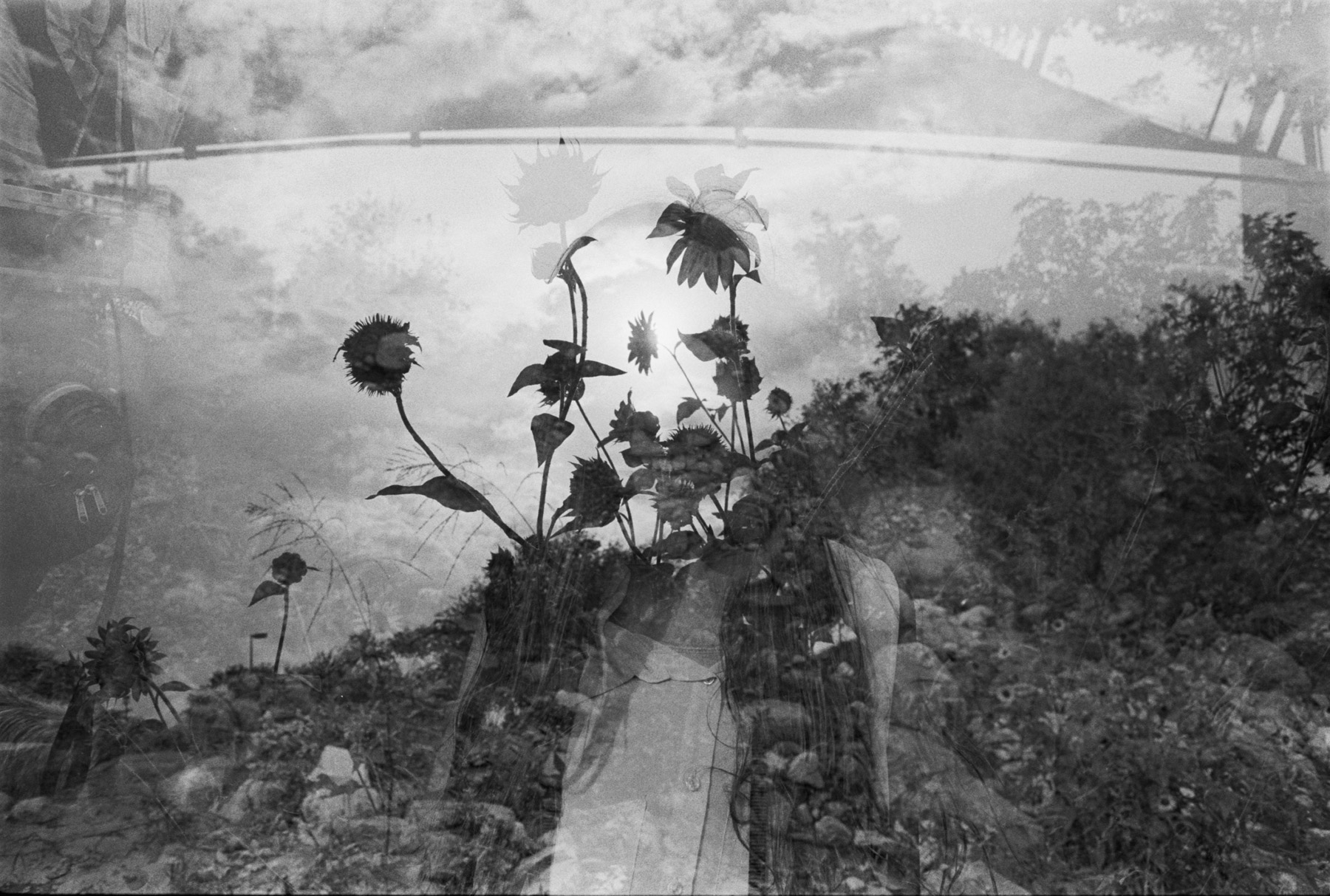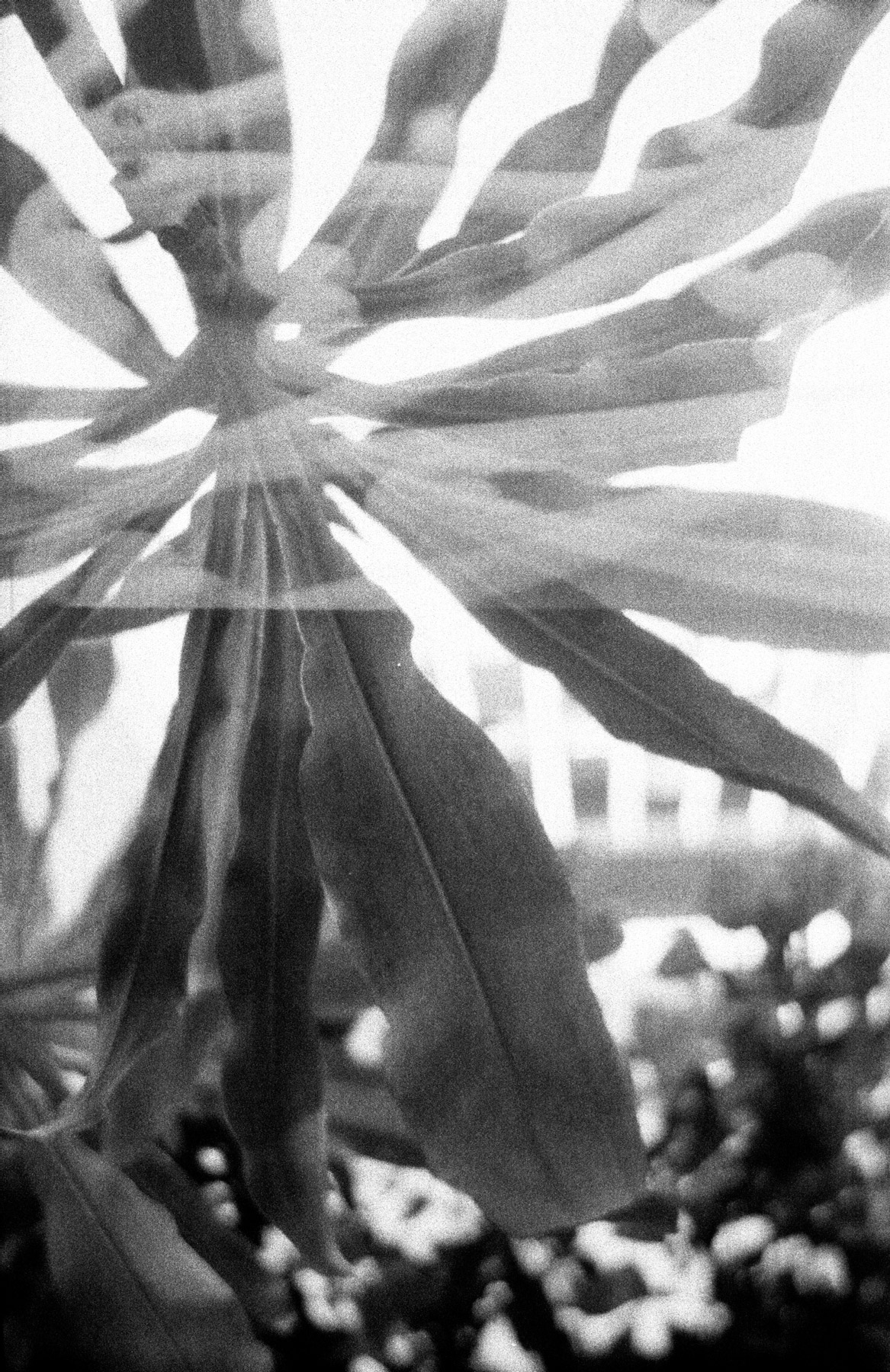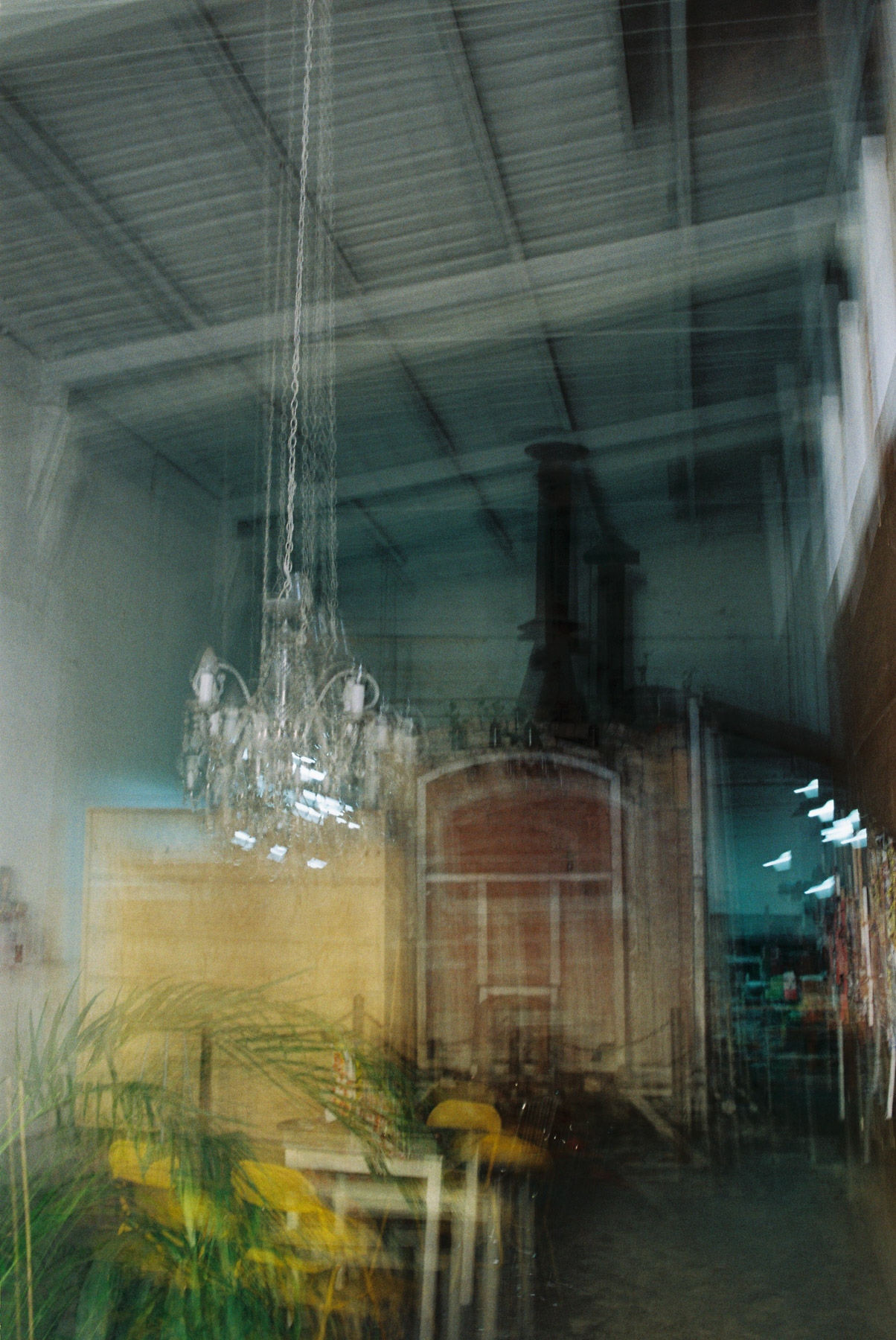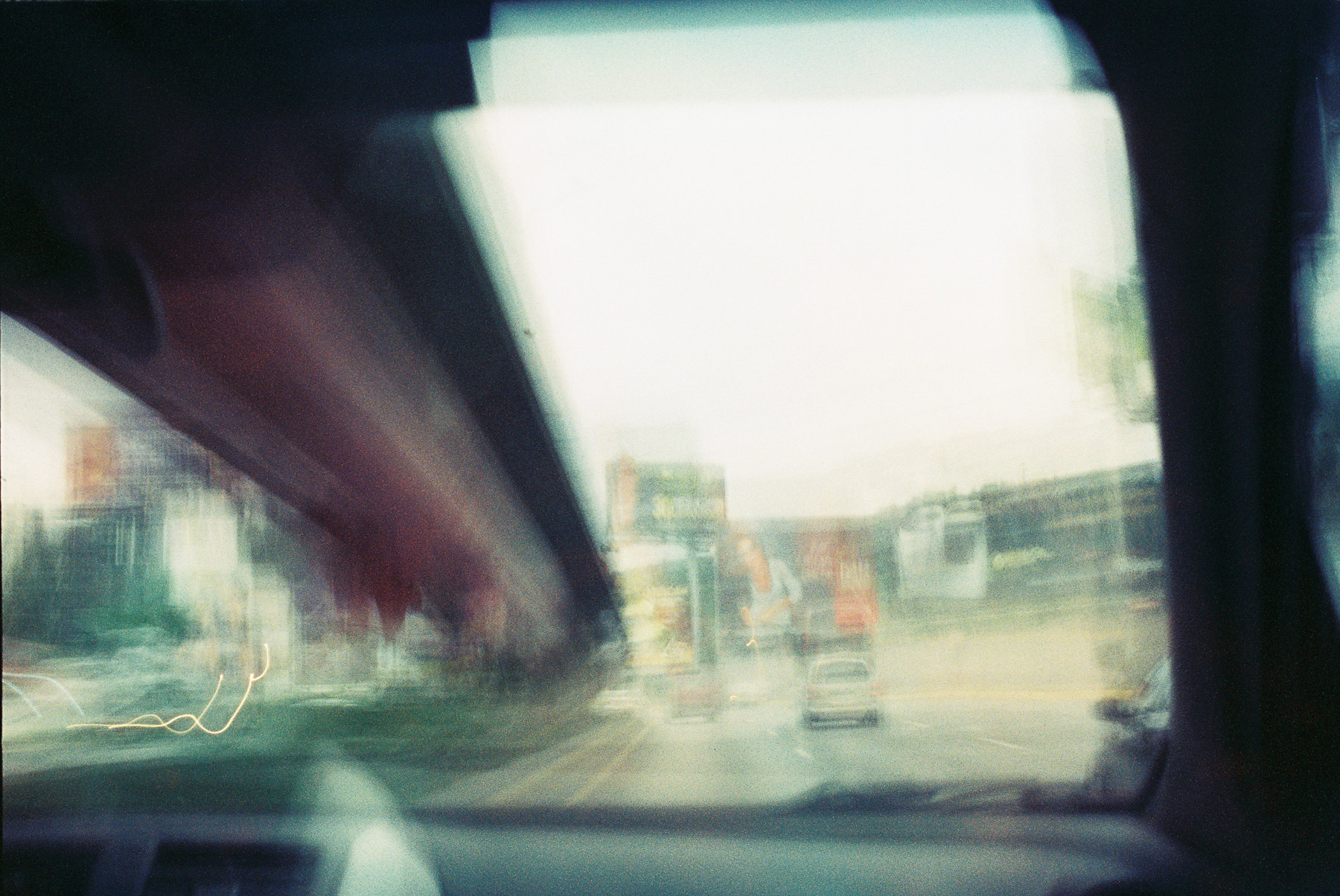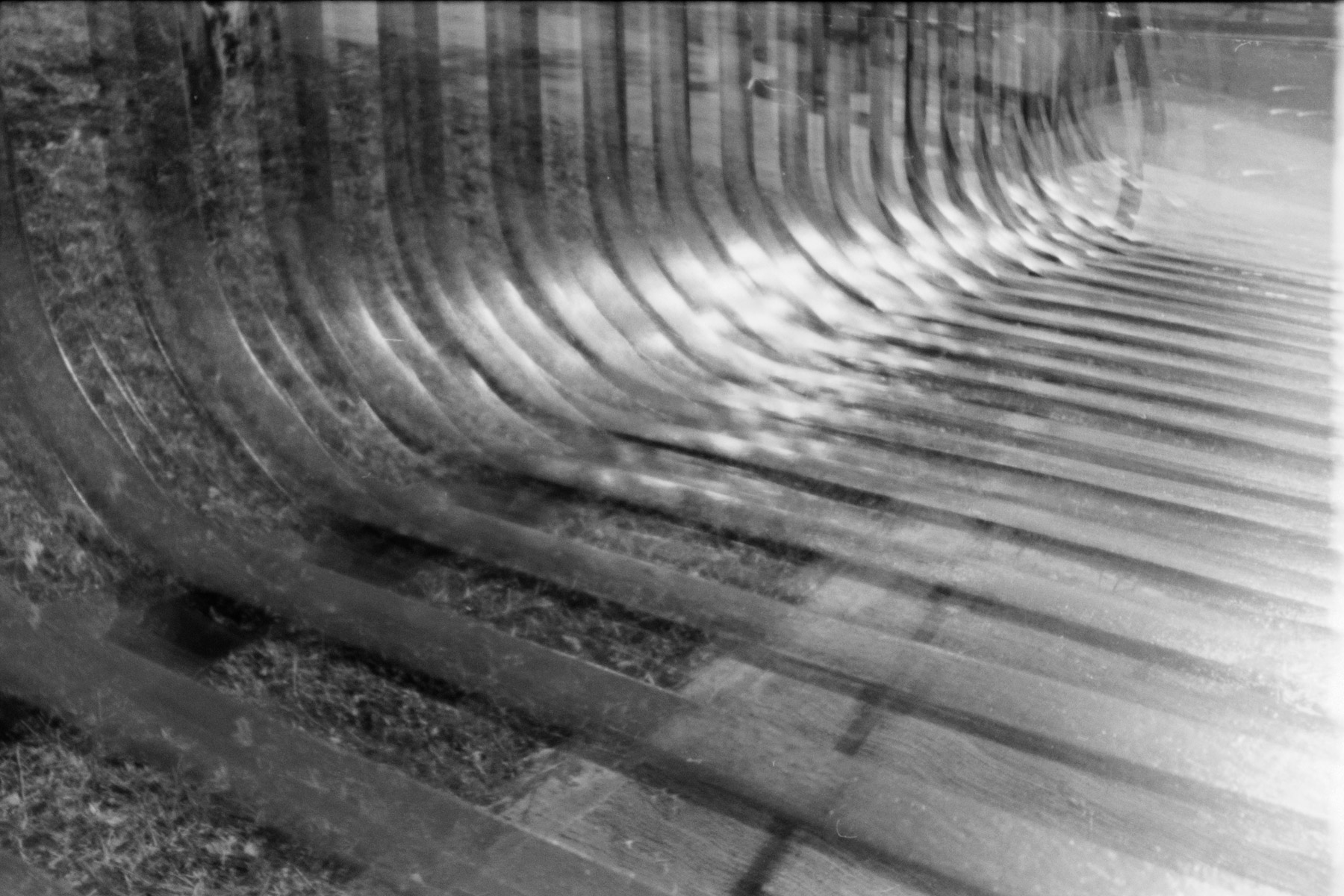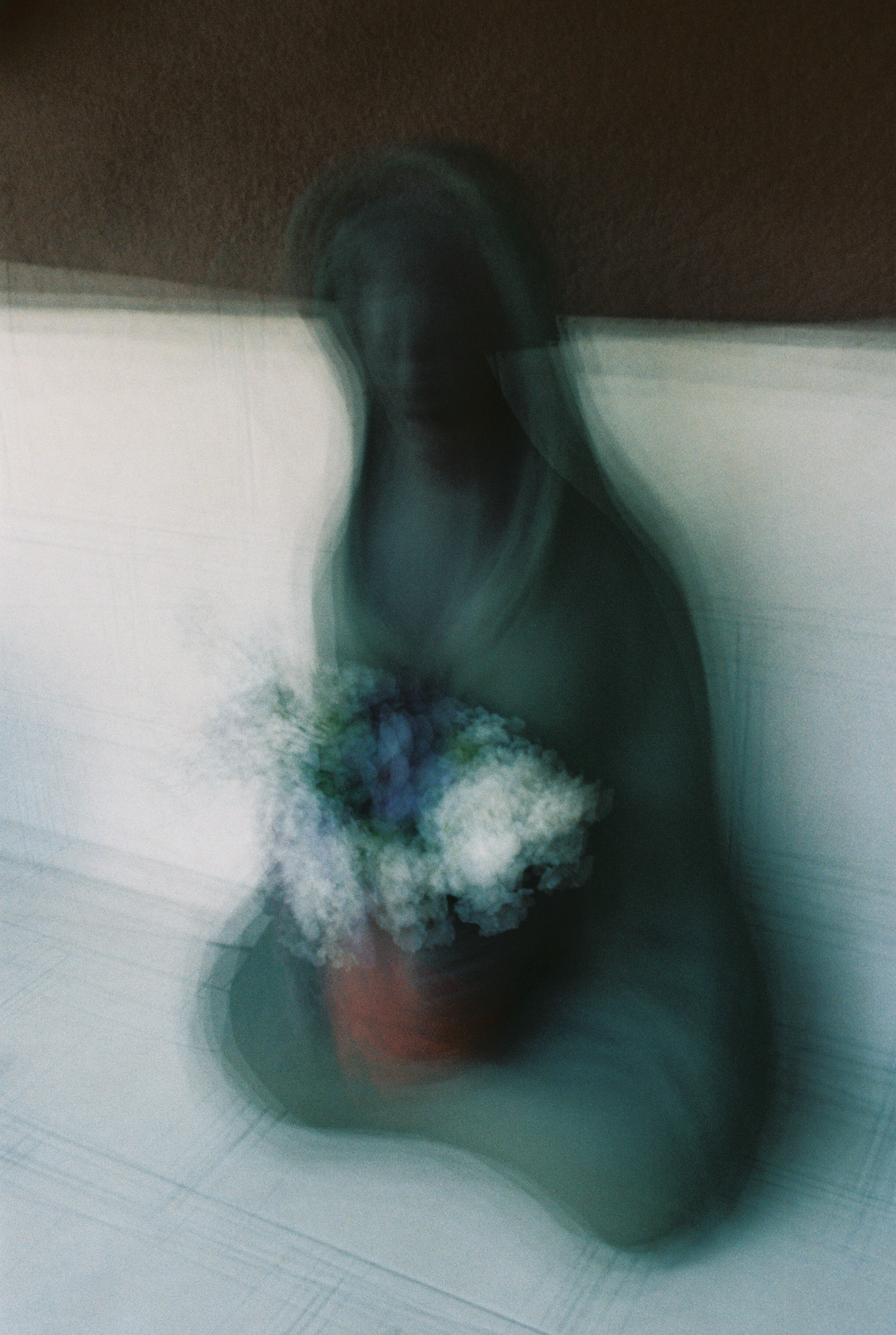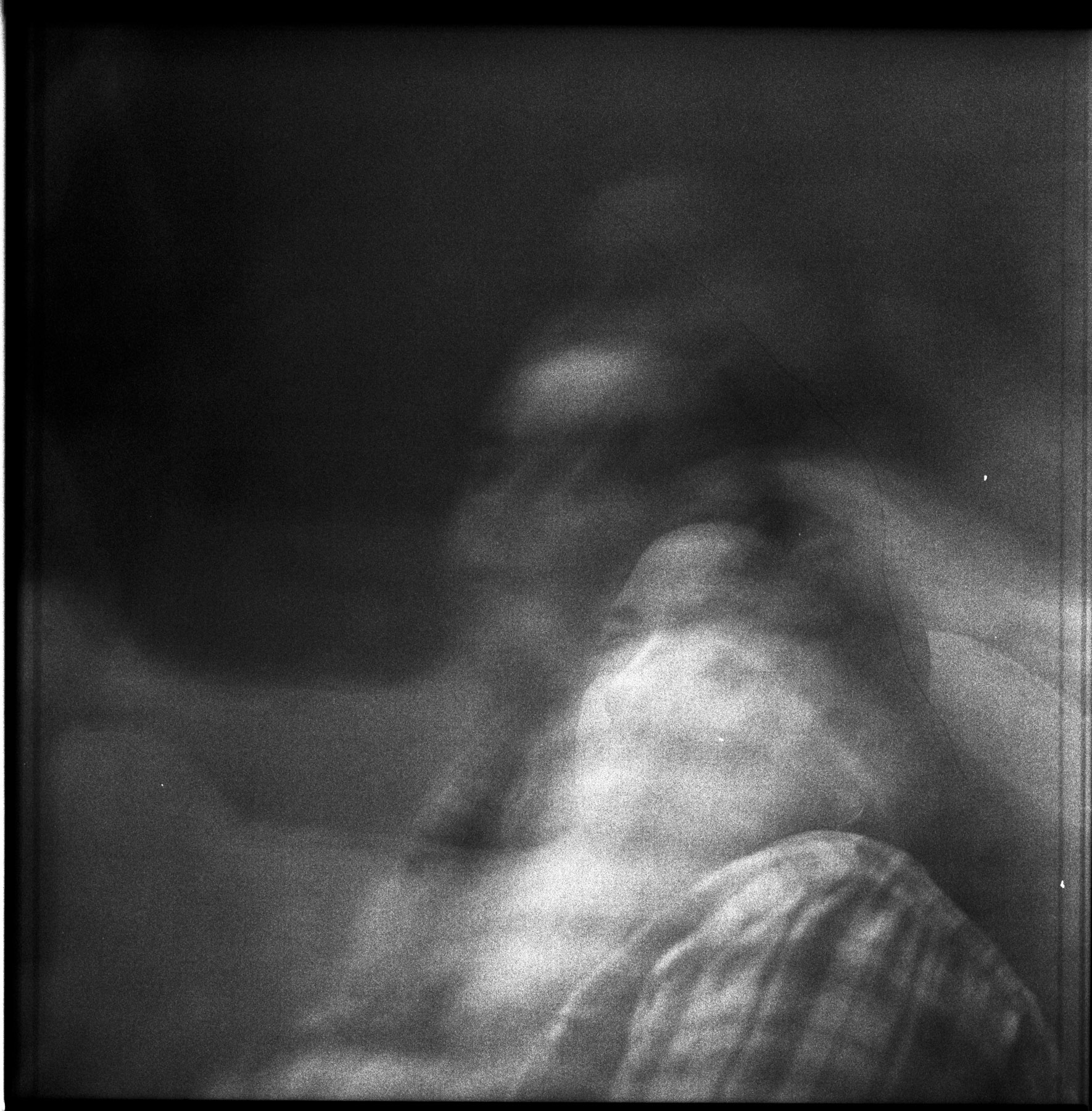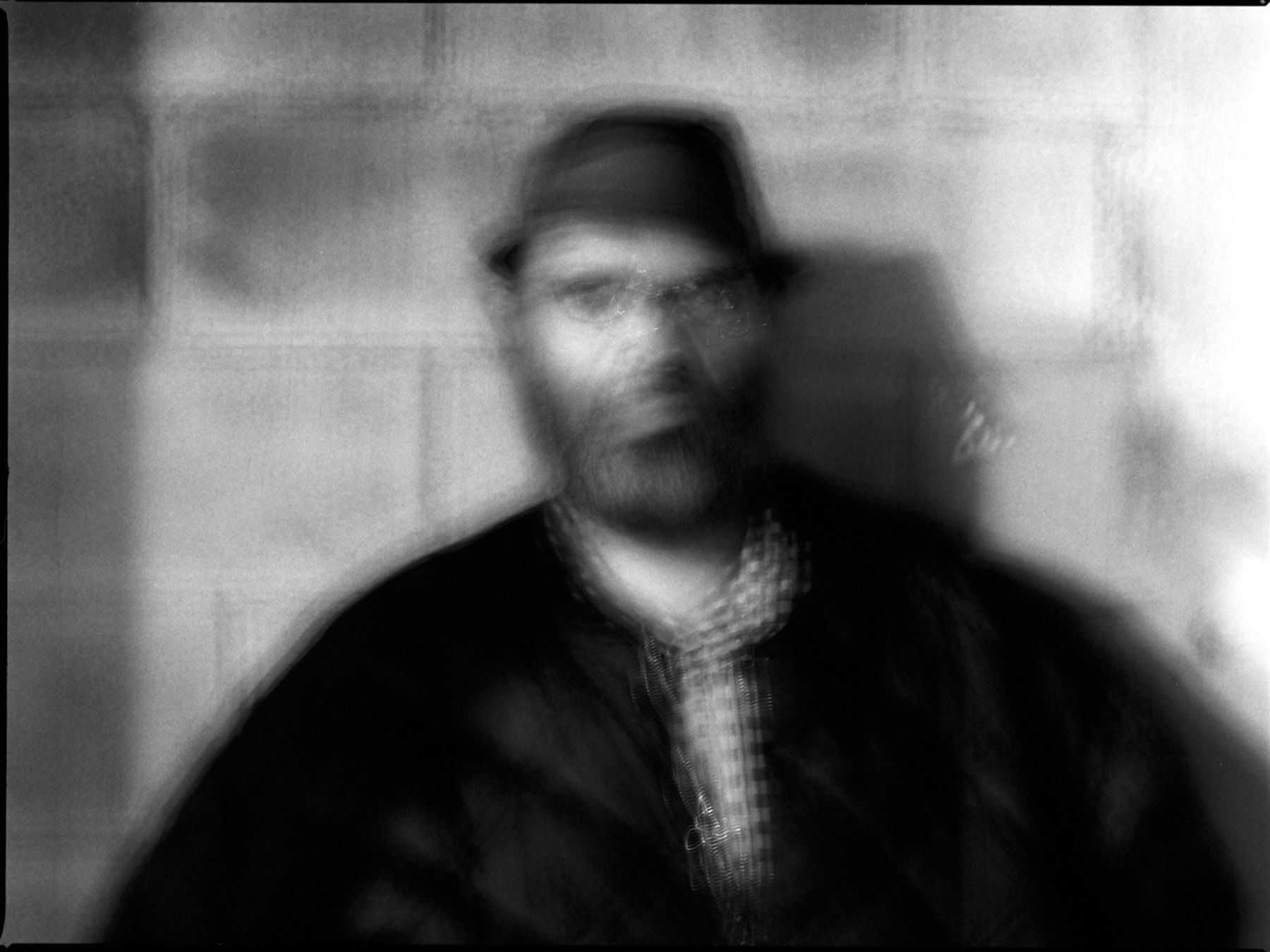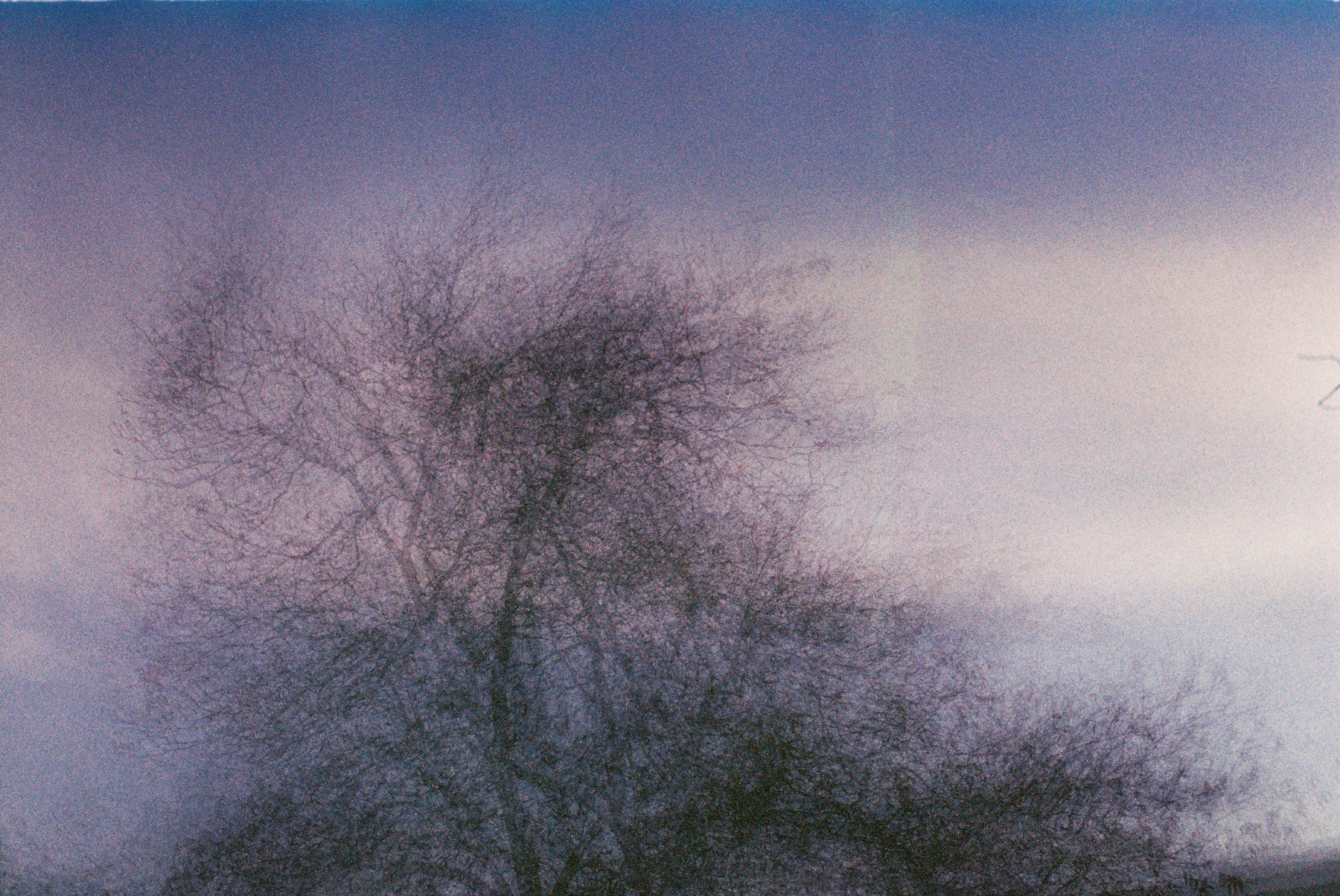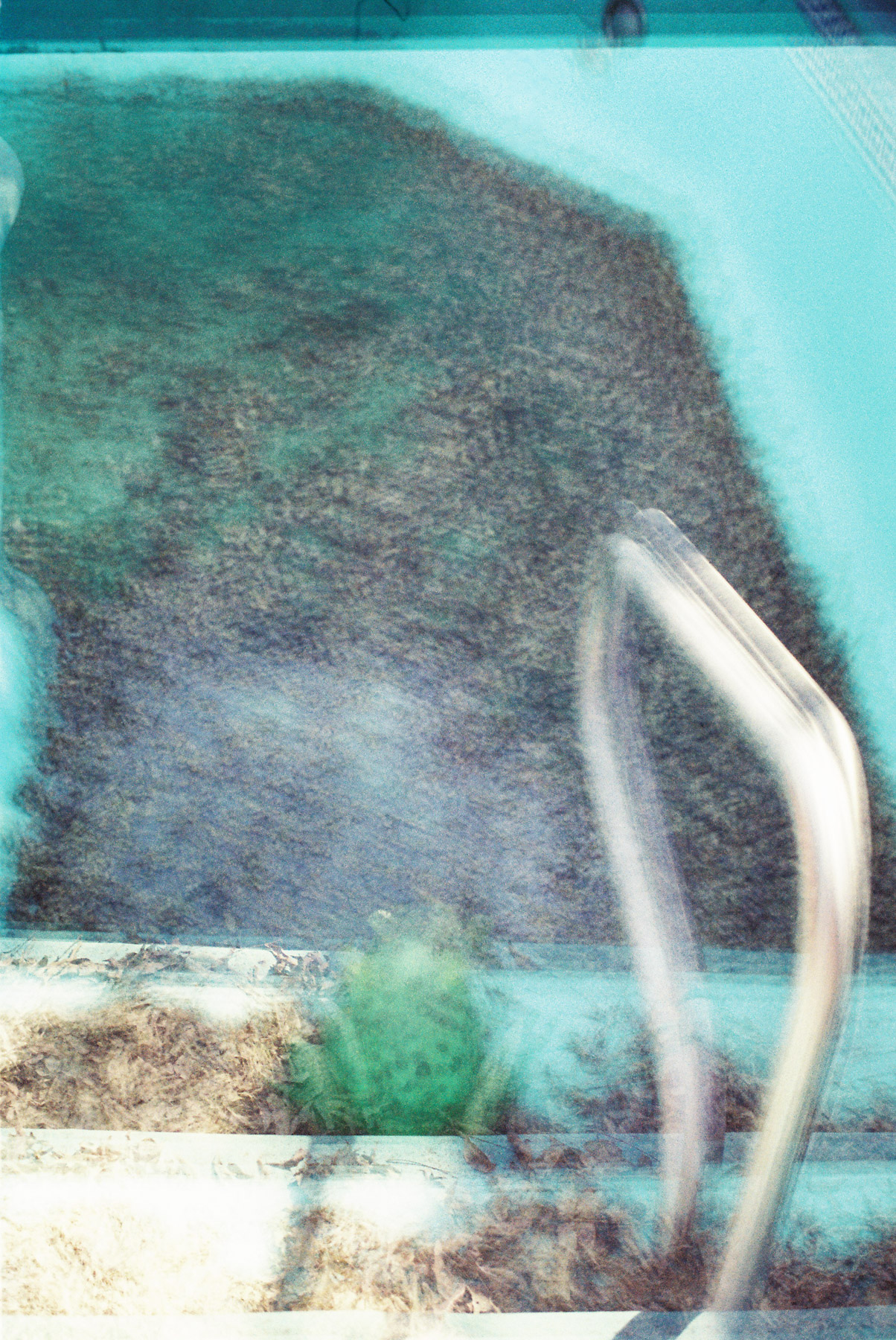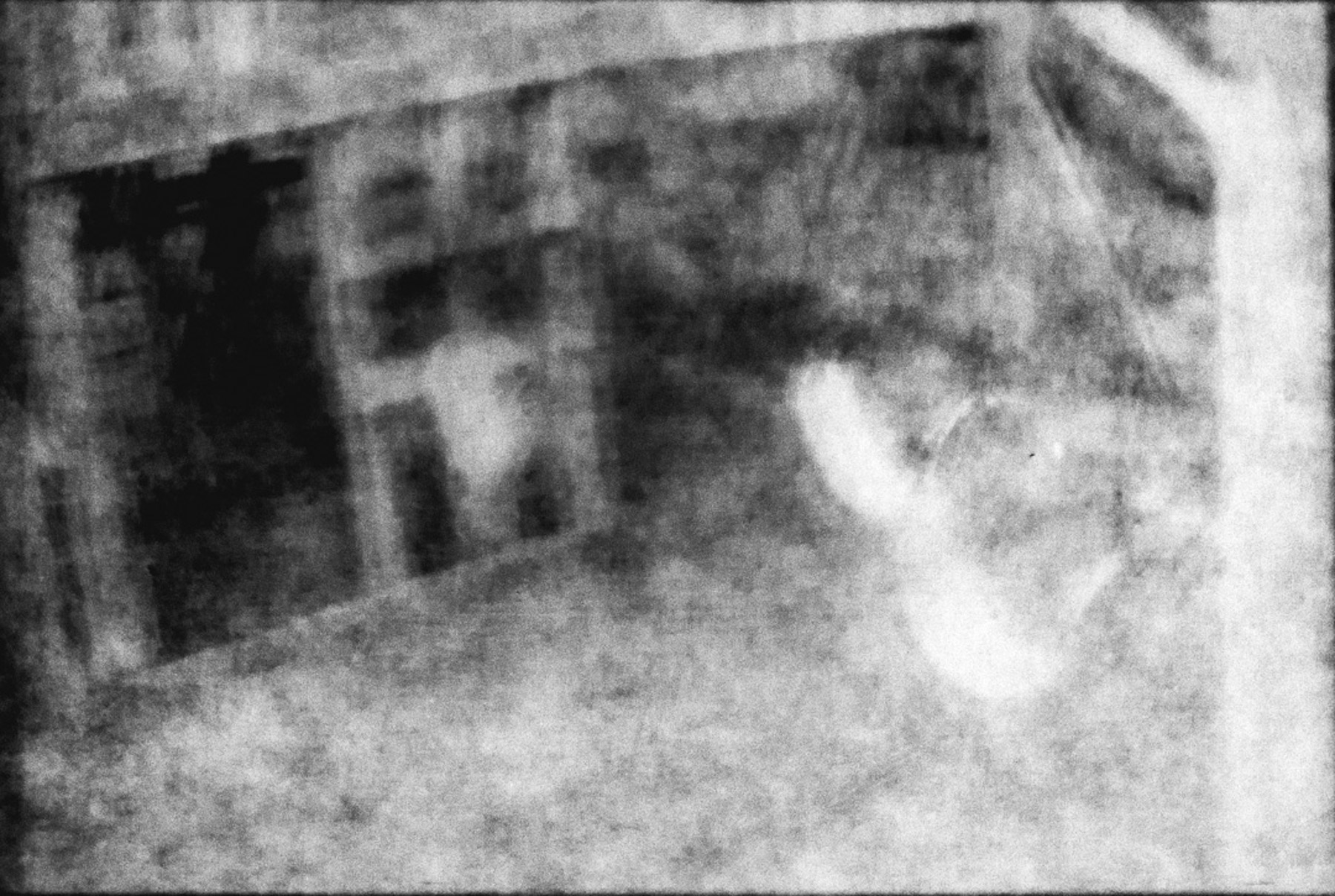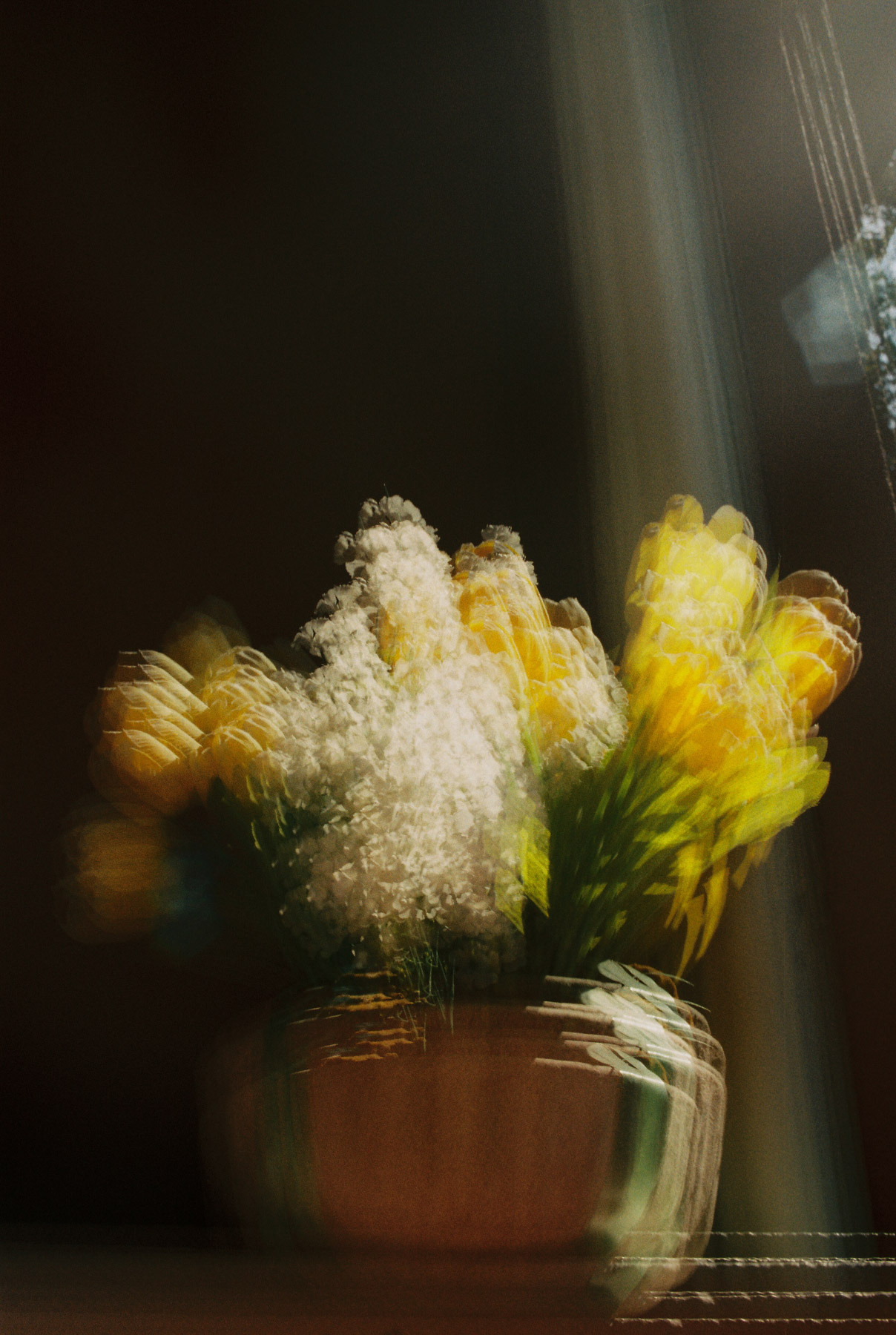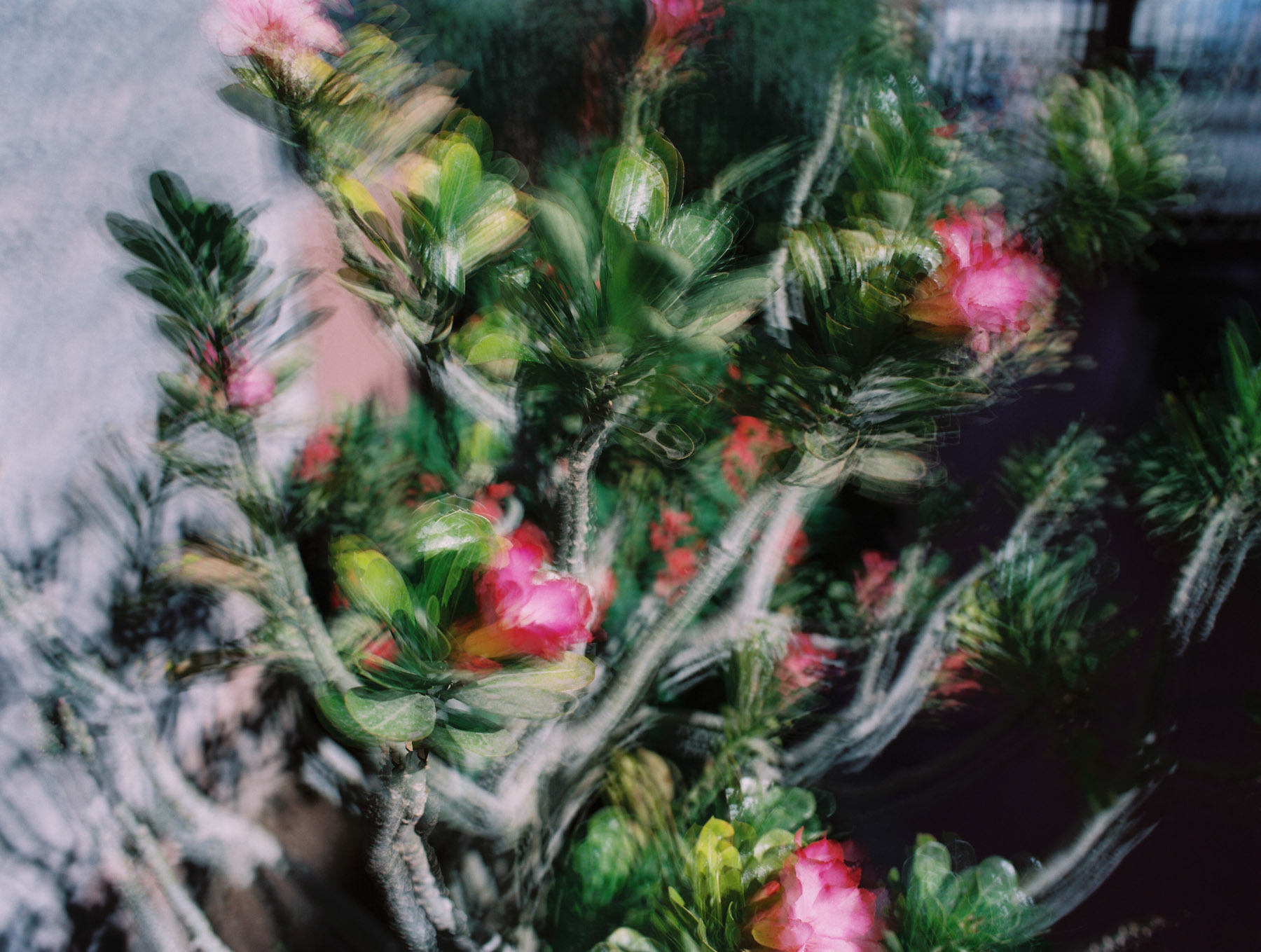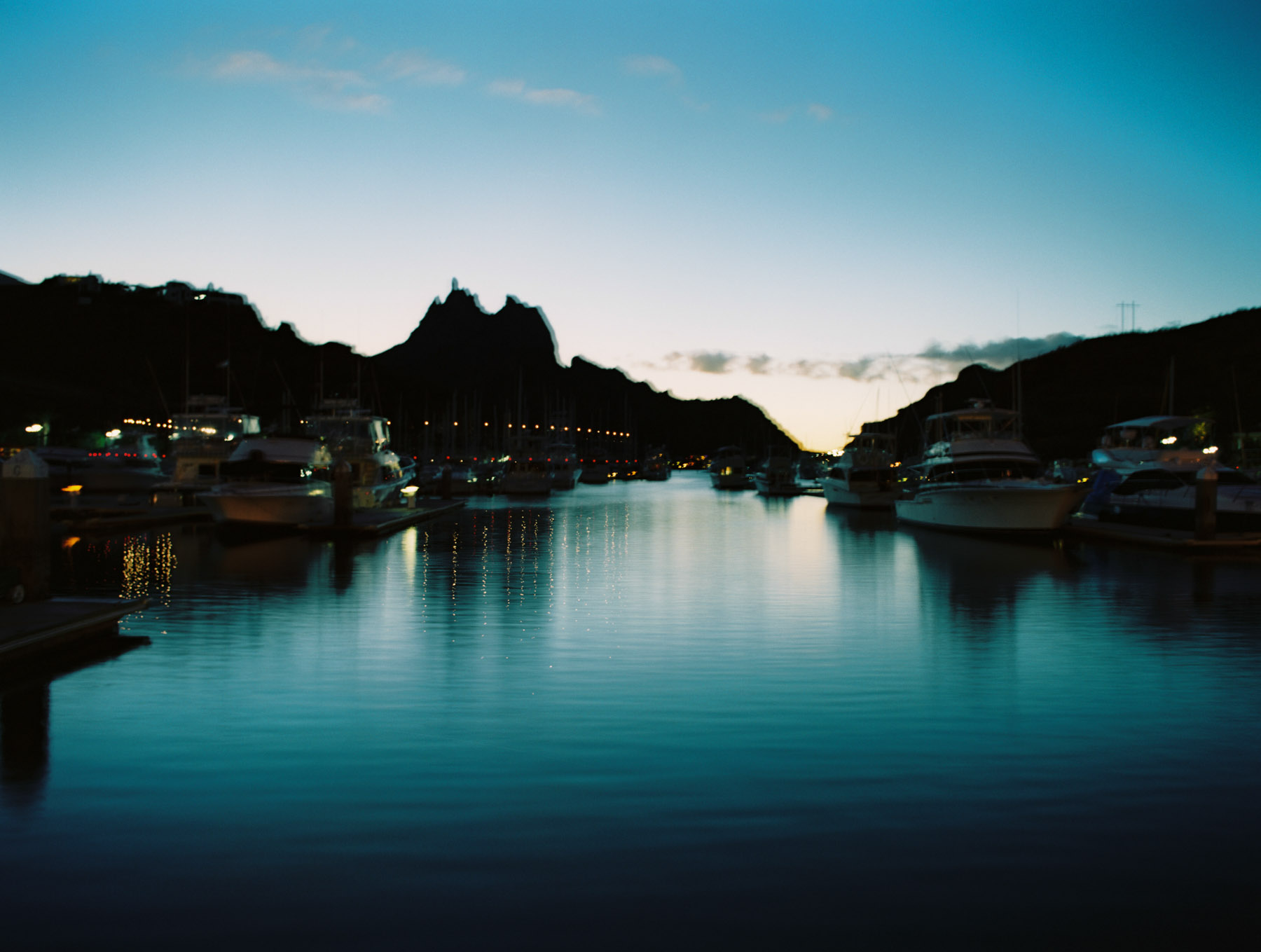When I first started doing film photography, one of the first “experimental” techniques that caught my eye was multiple exposure. Not for making a composite as much as for overlaying two different, complementary subjects. It takes just a quick search on Flickr to realize the possibilities are endless.
At first I tried to combine people with their surroundings. Trying to overlay the simplicity of a face with a cluttered background. However, it is trickier than it sounds.
First of all, you have to commit to your photo. It’s not a simple act of clicking away and let the moment pass anymore. You have to take a mental note of your first composition and then try to make a second one fit into it. Furthermore, if your two subjects are not together or at least at hand, you’re stuck with one half of your idea until you find that elusive complementary second frame.
I had almost quit multiple exposures when I stumbled into a technique that immediately drew my attention. I first saw it and read about it from a guy that learned it from a guy that read “some Russian fella” method. In recent conversations,I found out that this Russian fella’s name is George Obremski, but I have been unable to find any of his multi exposure work to link to.
Basically what you do is to make A LOT of exposures of the same subject in the same frame… not two or three, but 16 or 32… and it’s all hand held!! The idea is to induce movement in the photo by trying to emulate the effects of a long exposure with the added feature of actually having the intermediate states of your subject blurred together into a surreal mess of a photo.
The essence of the technique is to divide your single exposure into a lot of exposures by means of under exposing each individual shot in a way that adds up to a properly exposed frame. This is accomplished via an increment in shutter speed, stopping down your aperture or a combiation of both. For every effective stop of light between your measured or estimated exposure (for one photo) and your working exposure you have to multiply by two to get your final number of exposures. I know, those are a lot of words crumpled in a tiny space, but take a look at the table below to get a better and more practical idea.
This, unlike the first type of multi exposure I was talking about, turns out to be one of my most consistent quests whenever I have a camera in my hands. I try to make at least one or two pictures using this method with every roll. It’s not that I like every one of them! Again, I still have to master it to call it a success, but every once in a while I get the picture I want.
With “master it” I’m talking more about subject matter and other subtleties rather than the technique per se.
For instance, you have to decide whether you want the movement in the photo to be induced by you (handheld camera) or to be natural to the subject (camera on a tripod). If done right, the first tends to infuse the photographs with a magic that ressembles the brush strokes of impressionist painters. The second one, with the camera on a tripod, renders pictures with an effect similar to a long exposure.
Another recurring issue (for me, that is) is that not every subject is suitable to be shot with this method. At times, a simple scene works wonders. Some other times, clutter and repetition lend themselves very well. It’s all a matter of developing an eye for it.
In the end, I think what I love the most about this is the challenge of getting things the way you visualized them. If, like me, you are a romantic that craves the excitement of waiting to see what develops, you are going to love that extra layer of mystery in a medium known for its non-instantaneous results.
Film photographer, Efrain Bojorquez Garcia is based in Mexico. Connect with him on Flickr, Instagram, and Twitter. You can also see more of his work right here on our website.

